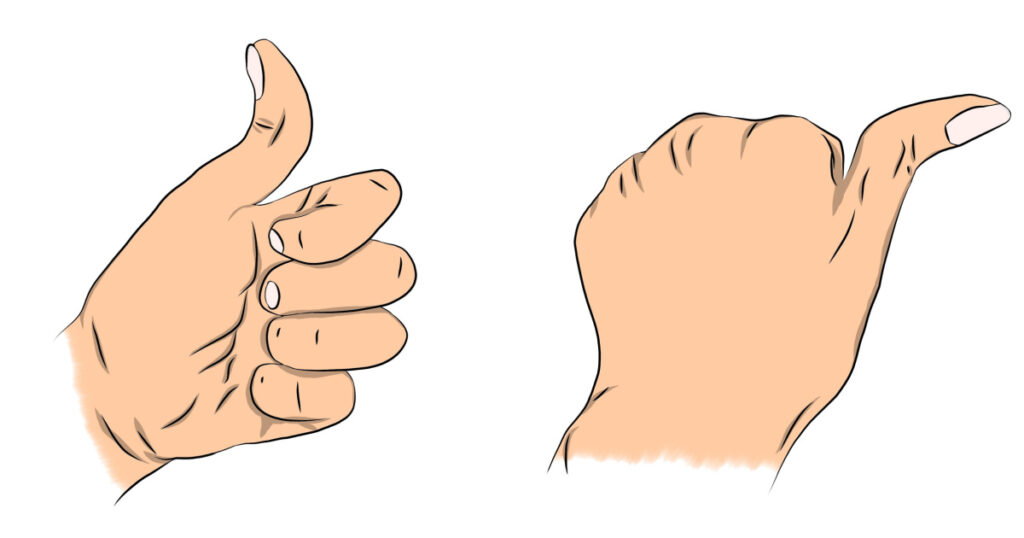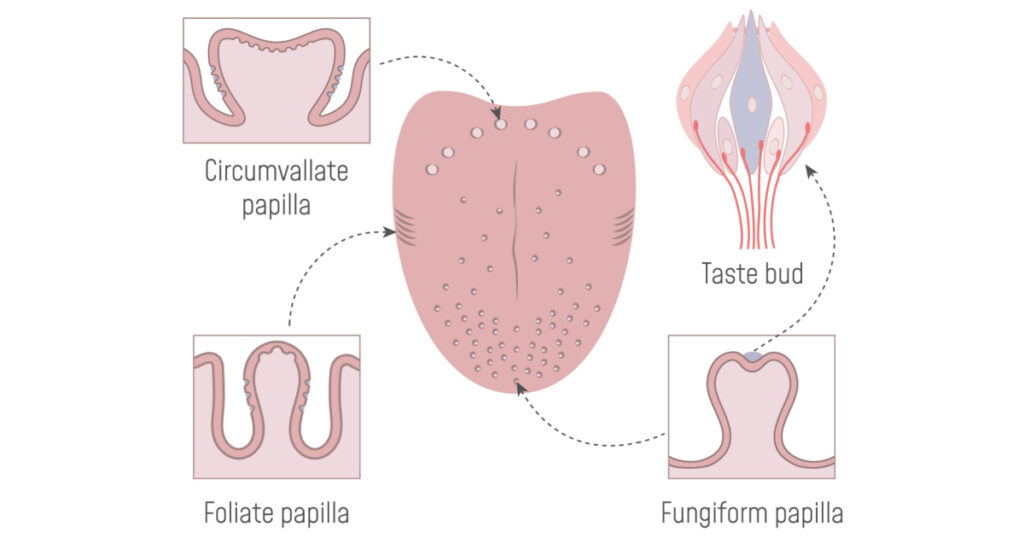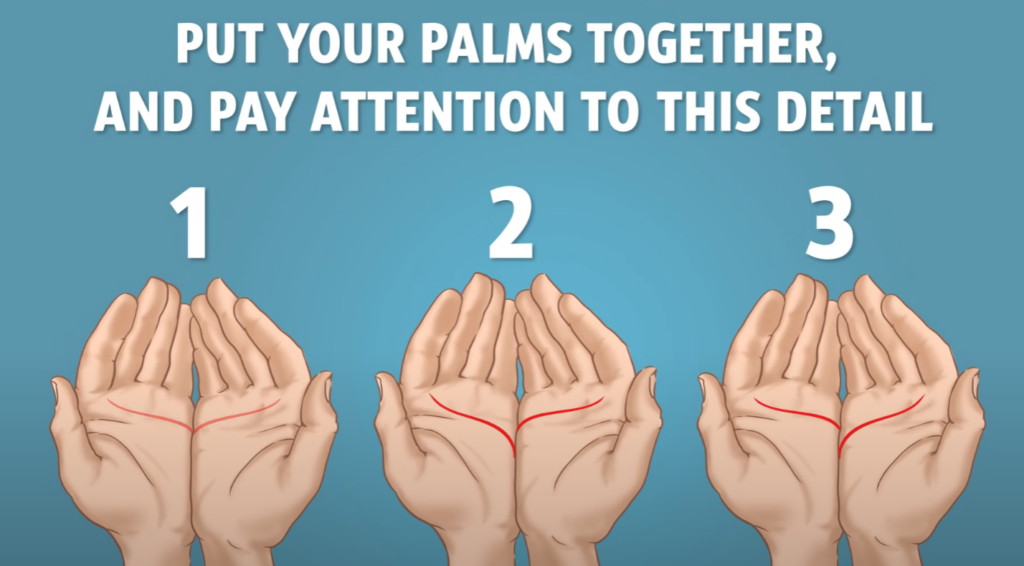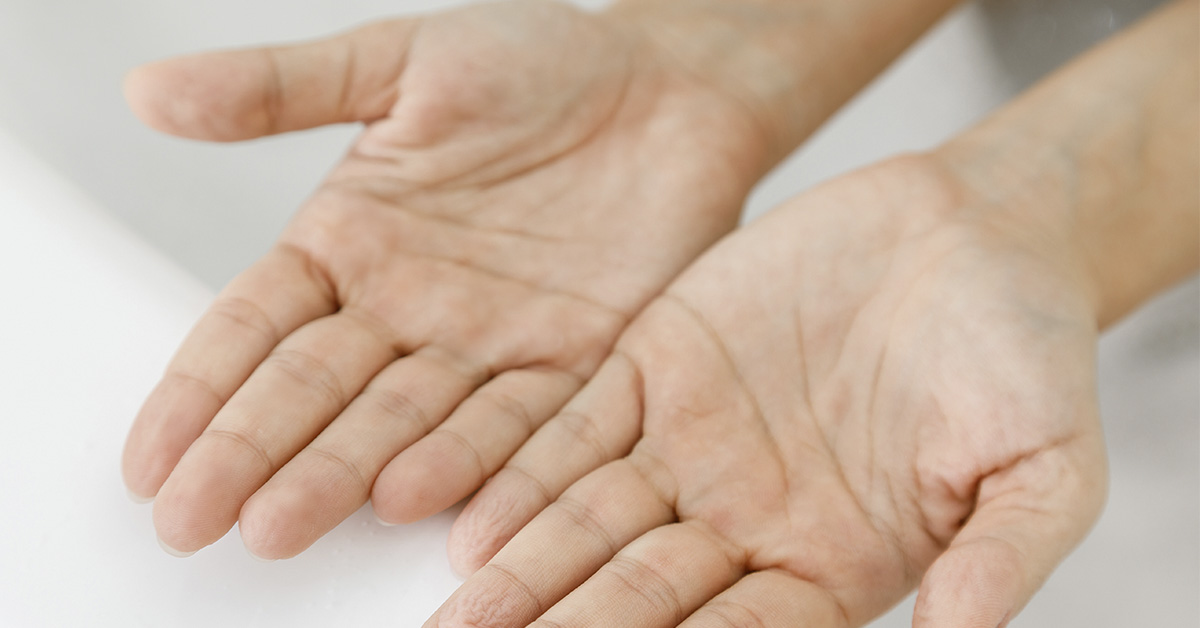A renowned saying asserts, “Always bear in mind that you are entirely unique, just like everyone else.” Despite this ubiquitous reminder, certain individuals can genuinely stake a claim to uniqueness, owing to distinctive body traits shared by only a small fraction of the population. You may possess an attribute from our catalog without fully recognizing its exceptional nature.
Your Fingerprint Pattern

Arch fingerprints represent the rarest principal type, with only about 5% of the world’s population estimated to have them. Within the Arch category, there exists a subtype known as Plain Arch, characterized by wave-like swirls. In this pattern, ridges enter the fingerprint from one side, arch at the top of the fingertip cushion, and exit on the other side. Distinctively, Plain Arches exhibit a softer point at the tip and lack the loop or whorl swirls found in other patterns. While Arch-type fingerprints are uncommon on all fingers, they are especially rare on the pinky or little finger, being more commonly observed on index fingers.
Read More: Before Dementia Sets in, Your Body Will Give You These 12 Early Warning Signs
A Tiny Hole Outside The Ear

Officially known as the preauricular sinus, this body trait manifests as a nodule, dent, or dimple and is a rare characteristic of the human body. Positioned just in front of the ear and above the ear canal, it typically appears on only one side. While its prevalence varies among populations, it is most frequently observed in Asian and African populations, yet still doesn’t exceed 10%. Some theories liken this sinus to an evolutionary remnant, akin to the tendon in the wrist. According to studies along these lines, our ears evolved from ancestral fish, whose hearing relied on a brachial opening resembling the particular dimple found in the human ear.
Palmaris Longus Muscle

To determine whether one has the palmaris longus tendon, a simple test involves pressing the thumb and the little finger against each other and observing the wrist. This protrusion, seen in some cases, is indeed the palmaris longus tendon. It is considered an evolutionary vestige inherited from ancestors who relied on its strength for activities such as tree climbing. However, in contemporary times, the presence or absence of this tendon does not confer any significant advantage in terms of strength or grip. Despite this, only about 14% of individuals lack this protrusion when performing the finger test, with a higher occurrence among women compared to men. Nonetheless, this percentage may vary among African, Asian, and Native American populations.
Read More: Eat Brussel Sprouts Regularly, Your Body Will Thank You
Abnormally Short Fingers

In addition to individuals with he body trait of being born with extra fingers or toes, there are those who have a congenital condition known as symbrachydactyly, resulting in underdeveloped hands. This condition is characterized by notably short fingers that may be webbed or fused, or a hand that lacks certain fingers altogether.
Extra Fingers

Certain individuals possess more than the typical five fingers or toes on each hand or foot, a body trait as polydactyly, stemming from a genetic disorder. Typically detected at birth, polydactyly generally doesn’t impact a person’s health significantly. However, in some cases, it may be associated with more severe genetic abnormalities, potentially leading to additional physical malformations.
Double-Jointed Thumbs

If you’re able to bend your thumb backward, you might have what’s called Hitchhiker’s Thumb. This condition, characterized by a double-jointed thumb, enables individuals to bend their thumbs backward. It’s typically painless and poses no risk. This flexibility is facilitated by distal joints within the thumb. While some people can bend only one thumb backward, others can do so with both.
Read More: Body Signals: 9 Signs That Your Body is Crying for Help
Counterclockwise Cowlicks

While hair swirls can be bothersome to some, they are prevalent in a significant portion of the human population. Interestingly, the majority of these swirls turn clockwise, with only approximately 23.3% exhibiting a counterclockwise direction. Despite speculation, there is no substantial evidence linking these swirls to the laterality of brain dominance. Consequently, they are not associated with handedness, footedness, or eyedness.
Extra Tastebuds

A supertaster is an individual who experiences certain flavors and foods with greater intensity compared to others. The human tongue is adorned with taste buds, specifically the fungiform papillae. These small, mushroom-shaped bumps are equipped with taste receptors that latch onto molecules from food. Aiding in conveying information to the brain about what you’re consuming. Some individuals possess a higher abundance of these taste buds and receptors, leading to a heightened perception of flavor compared to the average person. These individuals are referred to as supertasters. Supertasters are notably sensitive to bitter flavors present in foods such as broccoli, spinach, coffee, beer, and chocolate.
External Navel

A study reveals that only 4% of adults possess an external navel. Contrary to common belief, the type of belly button we develop as adults is not influenced by how the umbilical cord was cut at birth. Essentially, the navel is the scar left behind after the small piece of umbilical cord remaining post-birth falls off. Typically around two weeks after delivery. The shape of the belly button is determined by the way our skin heals around this scar as it grows.
Palm Lines

When the lines on a person’s palm are on the same level, it suggests a preference for long-term relationships and a sensible personality. Such individuals value listening to others’ opinions and are uncomfortable with unexpected changes in life. Conversely, if the left-hand line is higher than the right one, it indicates a lack of urgency to commit to a relationship. These individuals don’t view love as essential for their happiness and may not prioritize it. If they do enter a committed relationship, they might opt for a partner who is younger.
Read More: Stressed? This is how it physically damages your body and causes back pain

